3 Rehab Strategies For Knee Pain That Actually Work
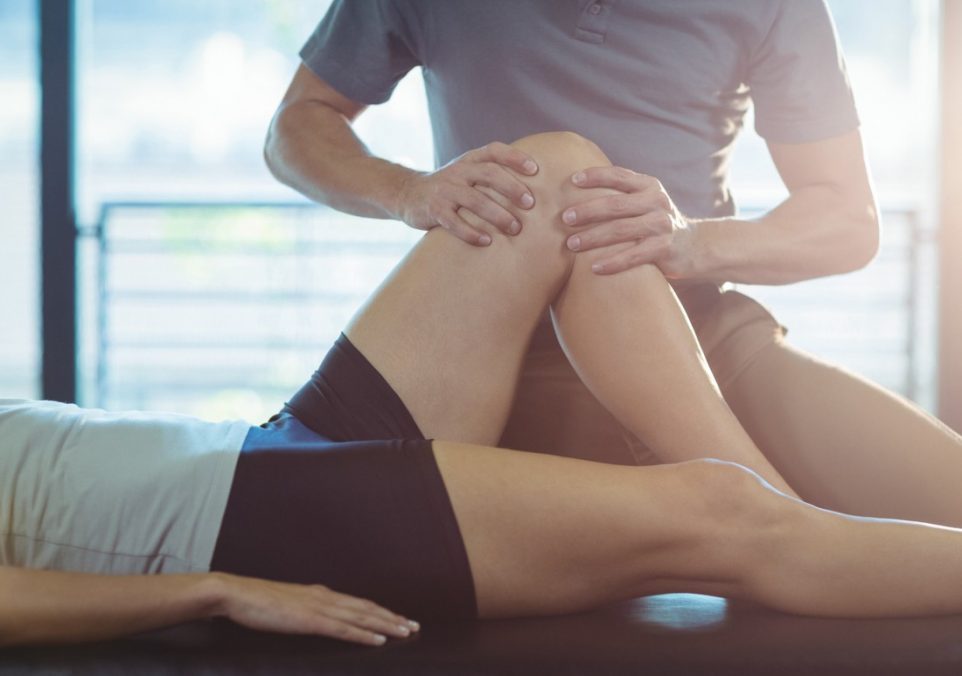
Knee pain. If you’ve ever dealt with it, you know it can be unpredictable. It’ll spring on you out of nowhere—in the middle of a workout, while bending down to pick something up, and sometimes, even when doing something as simple as getting out of bed. Trust me, I’ve been there, and it’s not pleasant. Sometimes, what works like a charm today may not do a thing tomorrow. But in my journey to overcome my knee pain, there are some things that have helped to make the pain less frequent—especially when squatting.
Learning To Squat Properly
Often, knee pain during squats can be traced back to Patellofemoral Pain Syndrome (PFPS), a condition famously challenging due to its variability among individuals. Unlike more straightforward injuries, PFPS doesn’t always present a clear-cut path to recovery and can sometimes be linked to other underlying conditions like osteoarthritis or even anatomical quirks that don’t necessarily correlate with pain levels. Understanding that pain, particularly knee pain, can be complex and multifaceted is the first step in addressing it.
View this post on Instagram
Initially, my knee pain seemed to spike with traditional squat forms. Through trial, error, and a bit of research, I learned that tweaking my squat technique could significantly impact how my knees felt during and after a workout. For instance, ensuring that I wasn’t bending over enough or leading with my chest on the way up was crucial. These adjustments helped shift the load more effectively between my hips and knees, reducing the immediate strain on the knee joint.
The low bar squat became a game-changer for me. This squat variation naturally encourages a more bent-over posture, which alleviates some of the direct pressures on the knees by engaging the hips more thoroughly. But adopting this didn’t mean immediate relief—it was a gradual improvement as my body adapted to the new form. Regular form checks became part of my routine, reinforcing the right habits and helping sidestep potential setbacks due to poor technique.
View this post on Instagram
Beyond form, addressing the volume and intensity of my workouts was necessary. High repetitions of squats, especially when experiencing flare-ups, were swapped out for lower reps at higher intensity or different variations like box squats or pin squats. These adjustments allowed me to maintain strength without overstressing my knees.
One thing that was particularly helpful was integrating box squats into my routine. They allowed for a reduction in knee movement and stress. Pin squats, adjusted to start from a height that didn’t trigger pain, also helped in gradually building my capacity to squat deeper without discomfort. These exercises provided the dual benefits of maintaining strength while protecting my knees, illustrating that sometimes, alternative approaches can be more beneficial than pushing through pain with standard exercises.
View this post on Instagram
Foam Rolling Works
Adding foam rolling into my routine has become a game-changer for managing my knee pain. Foam rollers work by applying pressure to specific muscles, which can increase blood flow and heat in the tissue. This process, known as self-myofascial release (SMR), helps to lengthen muscles, reduce tension, and decrease soreness.
The action of foam rolling can help in enhancing the length of your muscles and reducing tension, which is particularly beneficial for areas that impact knee health. Tension in the quadriceps, for example, can pull on the knee cap and exacerbate pain. By rolling these muscles, you not only boost their flexibility but also aid in their recovery, especially after intense workouts.
Based on expert advice, it’s important to focus on the right areas and avoid rolling directly over the knee joint or the IT band, as these areas can be sensitive and may worsen if aggravated by direct pressure. Instead, focus on the surrounding muscles that support knee function.
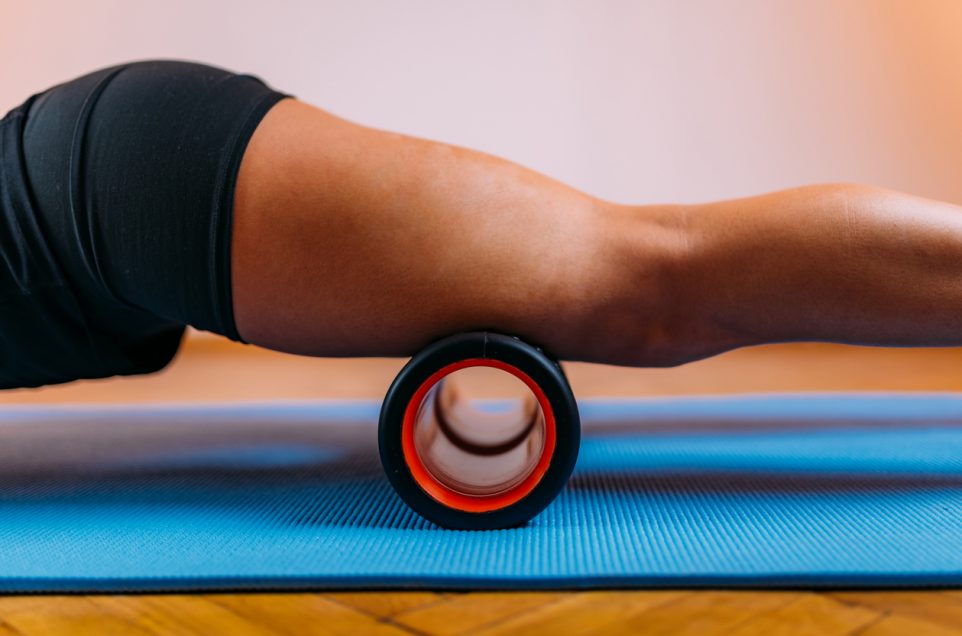
- Start by lying face down with the foam roller placed under your quadriceps. Slowly roll up and down from the bottom of your hip to the top of your knee. If you find a particularly tender spot, hold for a few seconds before continuing.
- TFL (Tensor Fasciae Latae) is a small muscle at the side of your hip that can impact knee alignment if tight. To roll the TFL, lie on your side with the foam roller under your hip. Gently roll back and forth, focusing on the upper part of your thigh.
- Muscles along the front and side of your shin can also affect knee pain. To roll these areas, sit with your legs extended in front of you and the foam roller under your shins. Roll from just below your knee down to your ankle.
Knee-Strengthening Exercises
Finding ways to strengthen the muscles supporting the knee became a crucial part of my recovery. Here are 5 exercises I’ve adapted and found effective for my knee pain.
Clamshells
Clamshells have been a staple in my routine to bolster hip stability, which in turn supports the knee. By strengthening the muscles around the hips and buttocks, especially the gluteus medius, I’ve noticed less strain on my knees during movements.
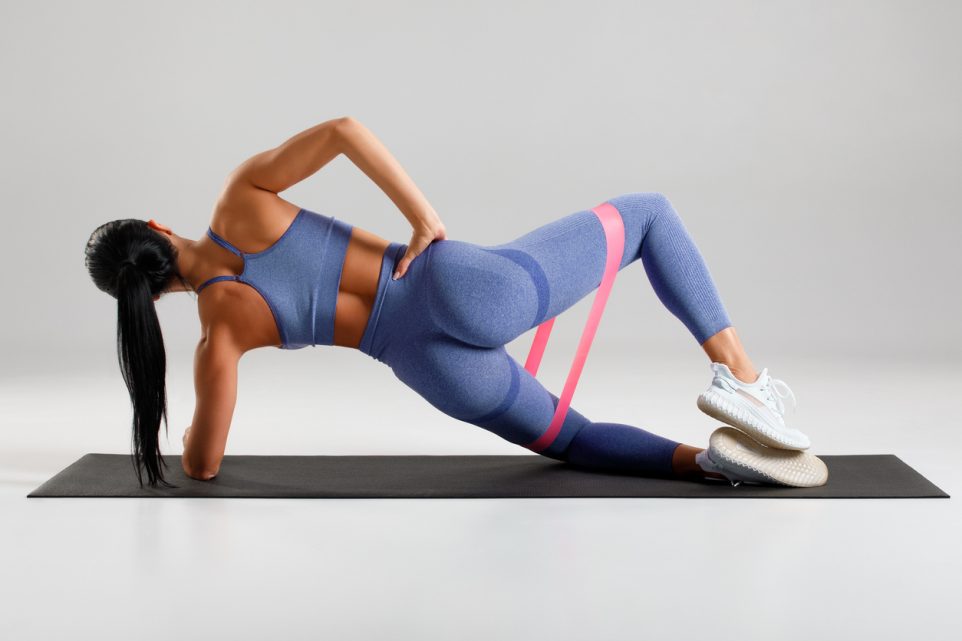
Here’s how I do it: Lying on my side, I place a resistance band just above my knees and perform the clamshell motion by rotating the upper knee towards the ceiling while keeping my heels together. This movement not only targets the hips but also engages the core, providing a solid foundation for the knee.
Reverse Lunges on Bosu Ball
Reverse lunges, particularly on an unstable surface like a Bosu ball, challenge my balance and strengthen the entire leg. This exercise helps in building stability and control, which is crucial for knee health.
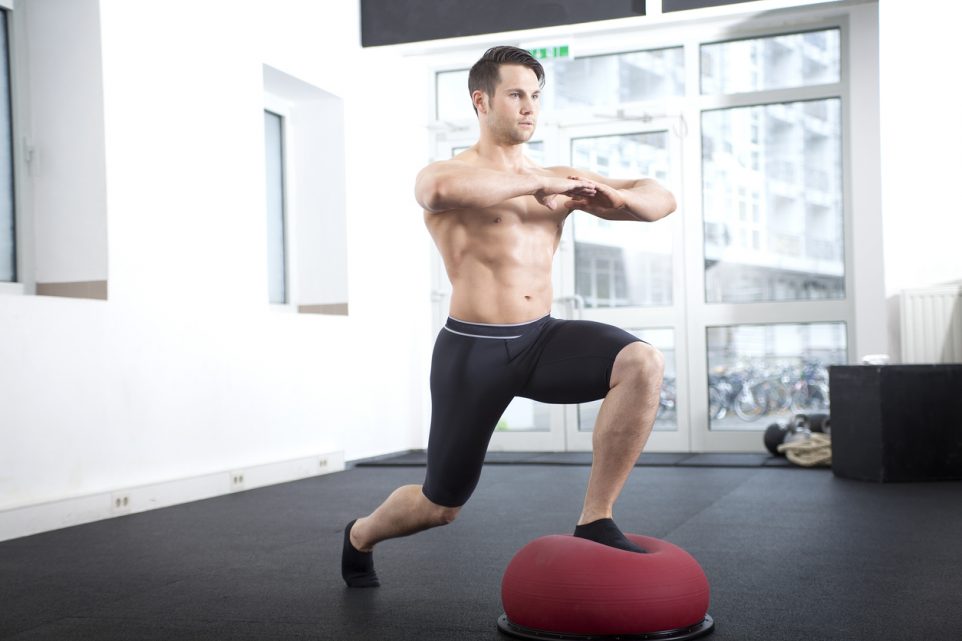
Here’s how I do it: By stepping back onto the Bosu and lowering into a lunge, I engage my quadriceps, hamstrings, and glutes in a dynamic way that mimics everyday movements, reducing the risk of knee strain.
Bird-Dog
The bird-dog exercise has been instrumental in enhancing my core strength and the stability of my lower back. A strong core and stable back relieve the pressure off the knees by ensuring proper alignment and load distribution during physical activities.
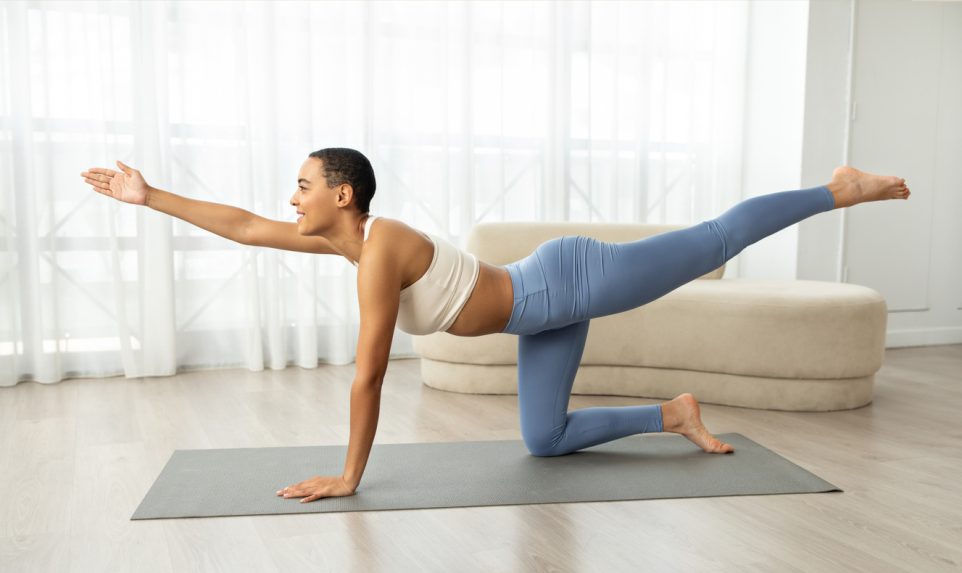
Here’s how I do it: Starting on all fours, I extend one arm and the opposite leg until they are parallel to the floor, focusing on keeping my hips and shoulders square to the ground. This exercise not only improves balance but also strengthens the muscles that directly impact knee stability.
Step-Ups with Knee Drives
Step-ups with an added knee drive transform a simple movement into a powerful knee-strengthening exercise. This exercise mimics the action of climbing stairs or hiking, activities that are often challenging with knee pain.
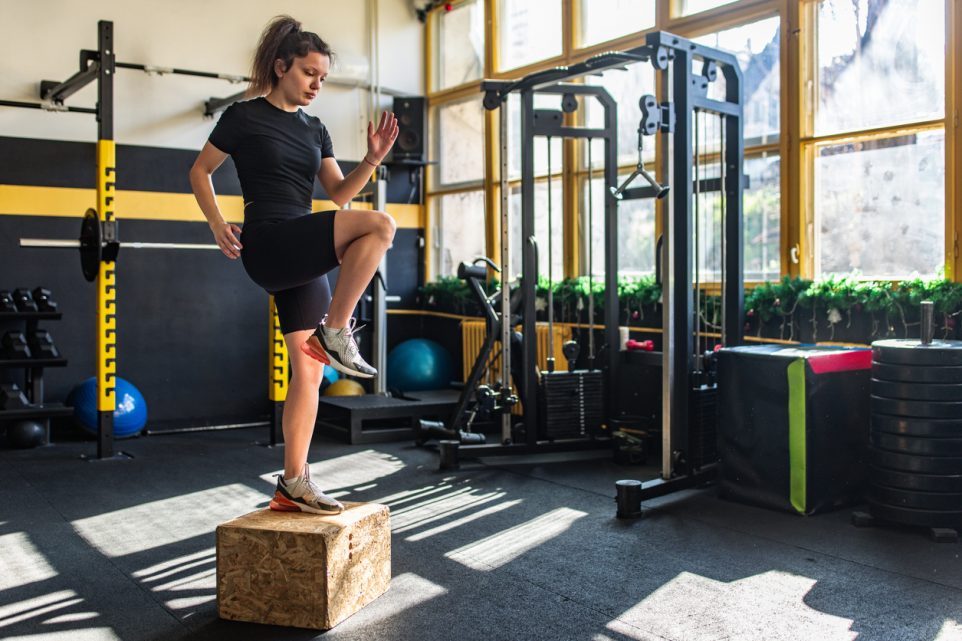
Here’s how I do it: By stepping onto a raised platform and driving the opposite knee up, I engage my quadriceps, glutes, and core. The dynamic movement helps in building strength and endurance in the muscles around the knee, providing better support and reducing pain.
Single-Leg Box Step-Downs
Single-leg box step-downs focus on the eccentric (lowering) phase of the movement, which is excellent for building controlled strength in the quadriceps and hip flexors.
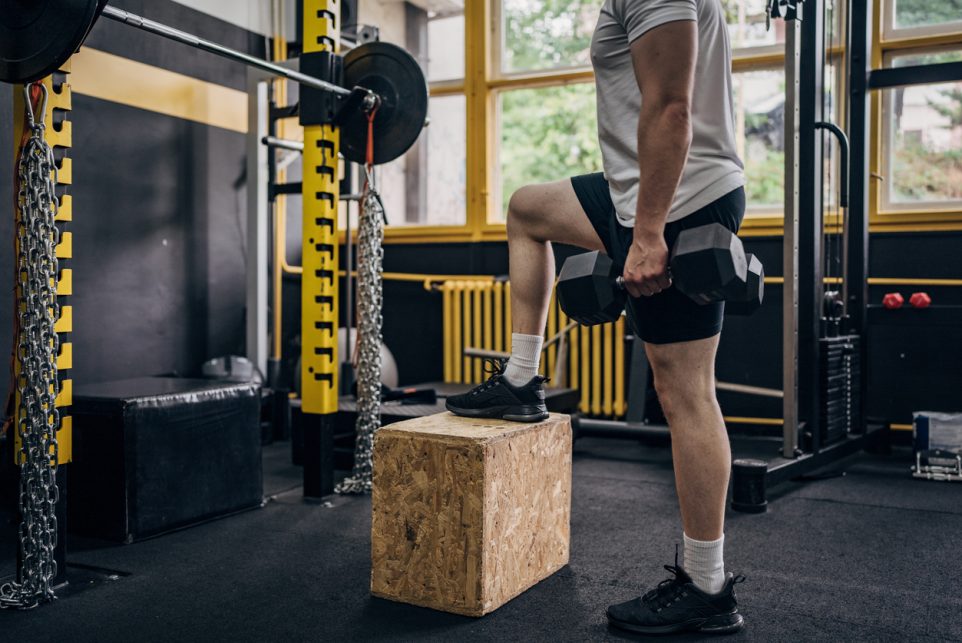
Here’s how I do it: Standing on a box, I slowly lower one foot to touch the ground, keeping the other leg’s knee bent. This not only strengthens the muscles but also enhances joint stability, which is crucial for activities that involve changes in elevation or uneven terrain.
Trustworthy Insights for You
With years of combined expertise in online publishing, OvertimeReviews embodies the lessons learned from SEO strategies to paid advertising experiences. We've navigated the highs and lows, and our goal remains clear: to equip readers with comprehensive information they can trust.
